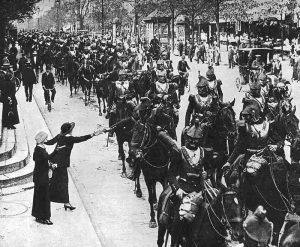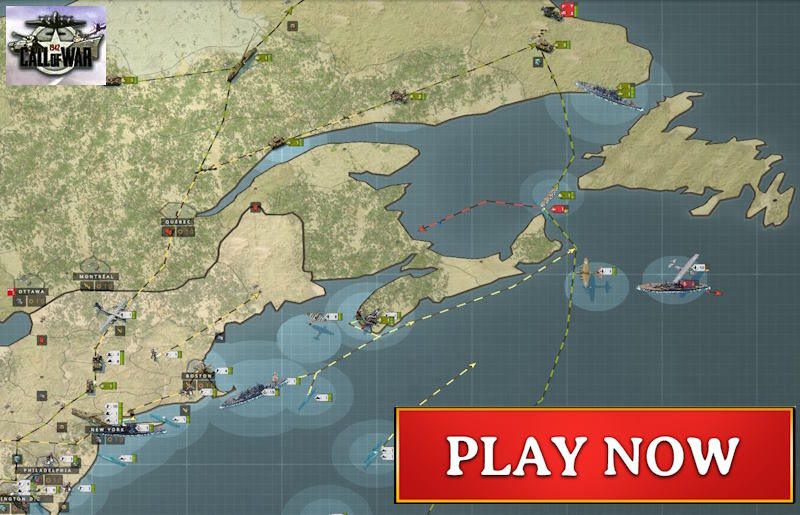
War Diary of World War One starting from 1914.
This War Diary of World War One is an accurate day-by-day chronology of the events from Sunday, June 28, 1914, with the Assassination of Archduke Francis Ferdinand and his wife at Sarajevo.
It ended with the Treaty of Versailles on 28 June 1919 – exactly five years after the assassination of Franz Ferdinand in Sarajevo. It should be noted, however, that for some nations – such as Russia, Poland, Turkey and Greece – the war did not end with the armistice of 11 November 1918.
Every day the war diary was extended by an entry with the events of the day which took place exactly 100 years ago.
War Diary of World War One:
Perhaps chronologies are off-putting to modern historians and bloggers as well as to readers. Yet chronology is the backbone of history, and can be popular.
All too often today it is treated both in general and particular works of scholarship with infuriating vagueness. Even official histories and sources can disagree on the dates of the most crucial and recent events.
This War Diary is an attempt to chronicle the day-by-day events and mood of World War One from the perspective and resources of our times.
The 12 categories facilitate a coherent thematic approach. It is important to note that linked events, not just military operations over several days, in the same month are often consolidated into a single day’s entry.
The arrangement of the 12 categories are:
- Western Front (Flanders, Somme, Verdun, Vosges, etc.)
- Eastern Front (Subheadings in North to South geographical order: E Prussia, Poland, Galicia, Bukovina, Romania, etc excluding the Caucasus. From April 1918 this strand becomes simply Russia which was no longer formally at war with Germany and in revolutionary turmoil.)
- Southern Fronts (Subheadings include: Serbia, Italian Front, Isonzo, Trentino, Bulgaria, Albania and Salonika-Greece, Macedonia.)
- Middle East (the Turkish Fronts, with the subheadings: Mesopotamia, Palestine, Egypt, Gallipoli, Persia, Aden, Arabia, Armenia and The Yemen; includes also India NW Frontier fighting.)
- African Fronts (Subheadings include: German SW Africa, East Africa, South Africa (esp 1914-15 rebellion), Cameroons, Tripolitania and Cyrenaica and Western Desert for the Senussi Revolt, Morocco, Somaliland.)
- Far East
- Sea War (Subheadings: North Sea, Atlantic, Channel, Baltic/White Sea, Mediterranean, Black Sea, Indian Ocean, Red Sea, Caspian, Pacific and Far East, Aegean and Adriatic.)
- Air War (Subheadings: relevant front, sea or country.)
- Politics
- Home Fronts
- Neutrals
- Secret War
The War Diary does not cover the internal events of the contemporary Portuguese, Mexican and Chinese Revolutions. Events in neutral countries unattributable to 1914-18 are similarly ignored.
Place names are the ones used at the time, hence Lemberg not Lvov. Many Eastern Europa place names in particular have undergone many baffling change since 1914-18, not to mention many variations in their spelling then and now.
The term ‘British’ is used often been used to denote any forces of the British Empire especially when several of its nationalities were involved.
In the case of the Dual Monarchy of Austria-Hungary, often just the therm ‘Austria’ has been used to be shorter.
‘Turkey, Turkish or Turk’ is used even for the Ottoman Empire and its troops.
Russia did not adopt the New Style Gregorian calendar until January 31, 1918, but it has applied here before for uniformity. Be aware that the Old Style Julian Calendar meant Russia was 13 days behind the rest of Europe excluding Bulgaria (changed 1915); Turkey (1918); Romania and Serbia (1919); and Greece (1923). This discrepancy is inevitably a fertile source of confusion.
However, the most common variation is 24 hours either side of a given date and sometimes the choice can be little more than guesswork.




